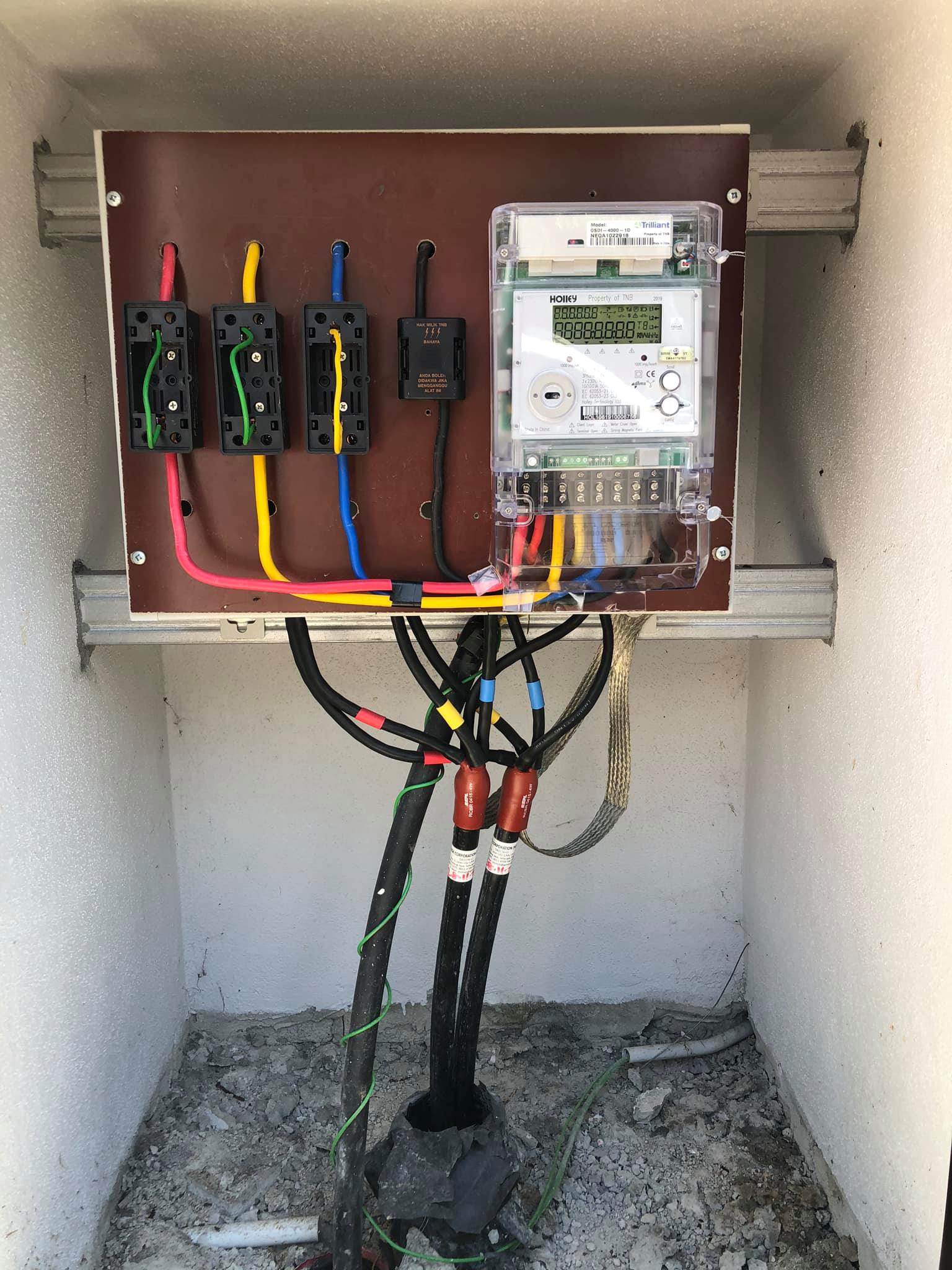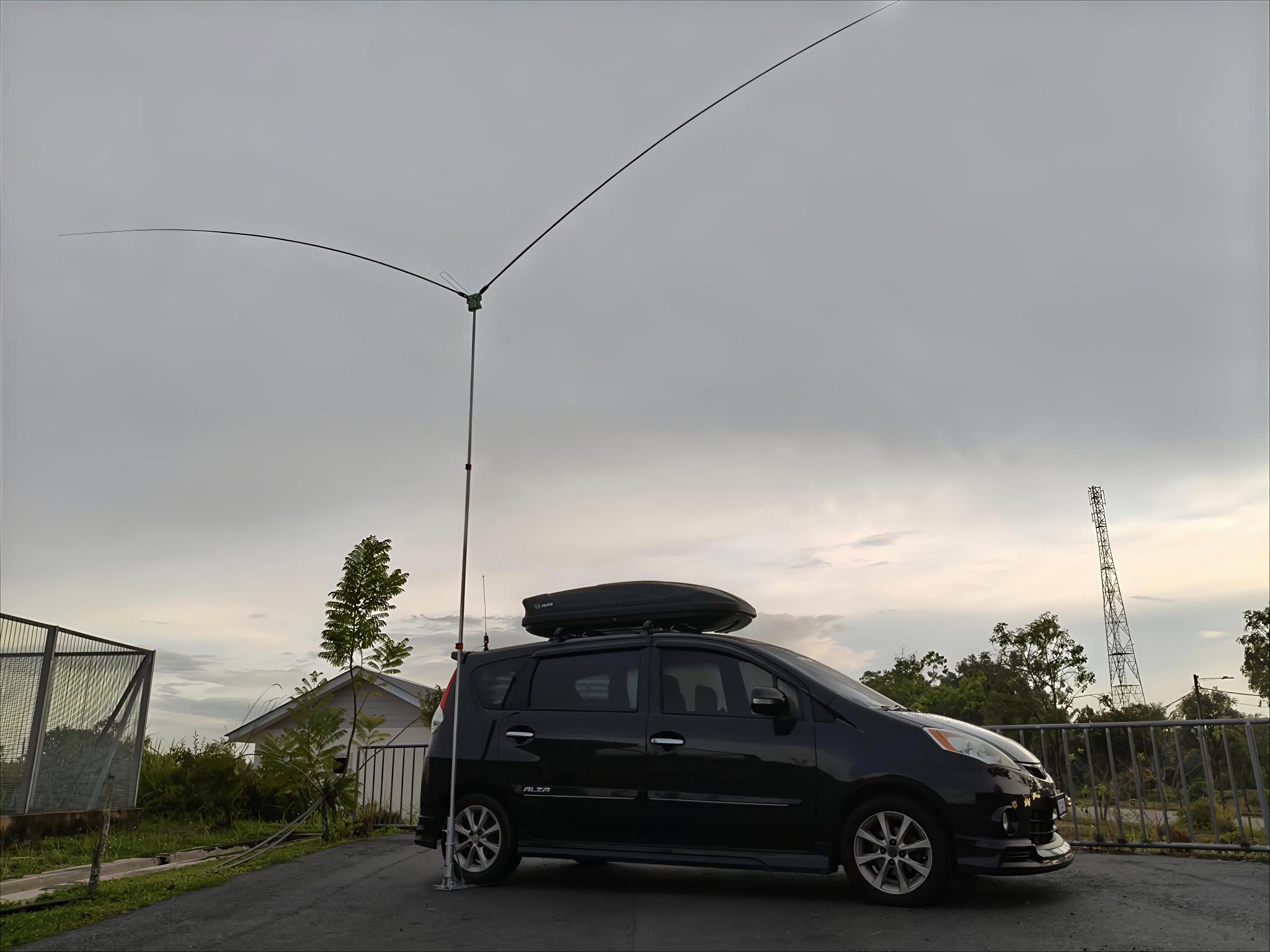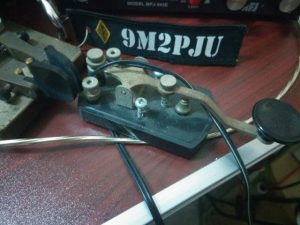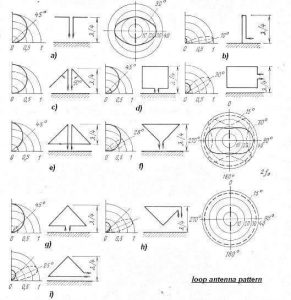DIY
do it yourself
electric
electrical
electricity
home
home improvement
homebrew
tips and tricks
3PhaseWiring, AirConditioning, electricalengineering, ElectricalLoad, ElectricalSafety, ElectricalSystems, ElectricalUpgrade, energyefficiency, HomeElectricity, HomeMaintenance, LoadBalancing, MalaysiaHomes, PowerConsumption, PowerDistribution, VoltageStability
9M2PJU
0 Comments
Balancing Equipment Load for 3-Phase Home Electrical Wiring
In modern homes, especially in countries like Malaysia where three-phase electrical systems are commonly used, balancing the load across all three phases is crucial for ensuring safety, efficiency, and longevity of your electrical system. This blog post will delve into the importance of load balancing, how to achieve it, and why it is particularly relevant for Malaysian homes. We’ll also teach you how to calculate and balance the load for each phase.
Understanding 3-Phase Electrical Systems
A three-phase electrical system consists of three live wires (phases) and one neutral wire. Each phase carries an alternating current that is 120 degrees out of phase with the others. This setup allows for a more efficient and stable power supply, which is why it is commonly used in residential, commercial, and industrial settings.
Why Load Balancing is Important
Load balancing refers to the even distribution of electrical load across all three phases. Here’s why it’s crucial:
- Efficiency: An unbalanced load can lead to inefficiencies in the system, causing higher energy consumption and increased electricity bills.
- Safety: Uneven loads can cause overheating in some phases, leading to potential fire hazards.
- Equipment Longevity: Electrical appliances and wiring are designed to operate within specific load limits. An unbalanced load can cause excessive wear and tear, reducing the lifespan of your equipment.
- Voltage Stability: Balanced loads help maintain stable voltage levels, ensuring that your appliances operate correctly and safely.
When to Upgrade from Single-Phase to 3-Phase Supply
In Malaysia, households with high electricity consumption are advised to upgrade from a single-phase supply to a 3-phase supply. Here are some guidelines:
- Load Exceeding 10kW or 50A: If your household electricity load exceeds 10kW or 50A, it’s time to consider upgrading to a 3-phase supply. This is because a single-phase supply may not be able to handle the load efficiently, leading to potential issues like voltage drops and overheating.
- Multiple Air Conditioners: As a rule of thumb, if you have three (3) or more air conditioners in your home, you should upgrade to a 3-phase supply. Air conditioners are high-power appliances, and having multiple units on a single phase can cause significant imbalance and instability in your electrical system.
Upgrading to a 3-phase supply will increase the stability and reliability of your electricity supply, ensuring that your home can handle the electrical load safely and efficiently.
Steps to Balance Equipment Load in a 3-Phase Home Electrical System
1. Assess Your Electrical Load
Start by listing all the electrical appliances and devices in your home. Note their power ratings (in watts or kilowatts) and the phase they are connected to. This will give you a clear picture of how the load is currently distributed.
2. Calculate the Load for Each Phase
To balance the load, you need to calculate the total load for each phase. Here’s how:
- List All Appliances: Create a list of all appliances and their power ratings.
- Determine Phase Connection: Identify which phase each appliance is connected to.
- Calculate Total Load per Phase: Sum the power ratings of all appliances connected to each phase.
For example, if you have the following appliances:
- Phase 1: Air Conditioner (2kW), Refrigerator (0.5kW), Lighting (0.5kW)
- Phase 2: Water Heater (3kW), Microwave (1kW), Lighting (0.5kW)
- Phase 3: Oven (2.5kW), Dishwasher (1.5kW), Lighting (0.5kW)
The total load for each phase would be:
- Phase 1: 2 + 0.5 + 0.5 = 3kW
- Phase 2: 3 + 1 + 0.5 = 4.5kW
- Phase 3: 2.5 + 1.5 + 0.5 = 4.5kW
3. Distribute Load Evenly
Aim to distribute the load as evenly as possible across all three phases. Here’s how:
- High-Power Appliances: Spread high-power appliances like air conditioners, water heaters, and ovens across different phases.
- General Lighting and Sockets: Distribute general lighting and socket outlets evenly across the phases.
- Kitchen Appliances: Ensure that heavy kitchen appliances like refrigerators, microwaves, and dishwashers are not all on the same phase.
4. Use a Load Balancing Device
In some cases, manual balancing may not be sufficient. Consider using a load balancing device that automatically redistributes the load across the phases. These devices are particularly useful in homes with fluctuating loads.
5. Regular Monitoring and Adjustment
Electrical loads can change over time as you add or remove appliances. Regularly monitor the load distribution and make adjustments as necessary. This can be done using a clamp meter to measure the current in each phase.
6. Consult a Professional
If you’re unsure about how to balance your load, it’s always best to consult a licensed electrician. They can provide expert advice and ensure that your system is balanced correctly.
Why Load Balancing is Particularly Important
1. High Usage of Air Conditioning
Malaysia’s tropical climate means that air conditioning is used extensively. Air conditioners are high-power appliances that can significantly impact the load on a single phase if not balanced properly.
2. Voltage Fluctuations
Malaysia’s electrical grid can experience voltage fluctuations. A balanced load helps mitigate the effects of these fluctuations, ensuring a stable power supply.
3. Electrical Safety Standards
Malaysia has stringent electrical safety standards. Proper load balancing is essential to comply with these standards and avoid penalties or issues with your electrical supply.
4. Energy Efficiency
With rising electricity costs, energy efficiency is a concern for many Malaysian households. Balanced loads contribute to more efficient energy use, helping to keep electricity bills in check.
Conclusion
Balancing the load in a 3-phase home electrical system is not just a technical requirement; it’s a necessity for safety, efficiency, and cost-effectiveness. In Malaysia, where the electrical load can be high due to the extensive use of air conditioning and other appliances, proper load balancing is even more critical.
By following the steps outlined in this blog post, you can ensure that your home’s electrical system is balanced, safe, and efficient. Regular monitoring and professional consultation can further enhance the performance and longevity of your electrical system. Remember, a well-balanced electrical system is the backbone of a safe and comfortable home.
If your household electricity load exceeds 10kW or 50A, or if you have three or more air conditioners, consider upgrading to a 3-phase supply. This will not only increase the stability and reliability of your electricity supply but also ensure that your home is equipped to handle the electrical demands of modern living.







Post Comment